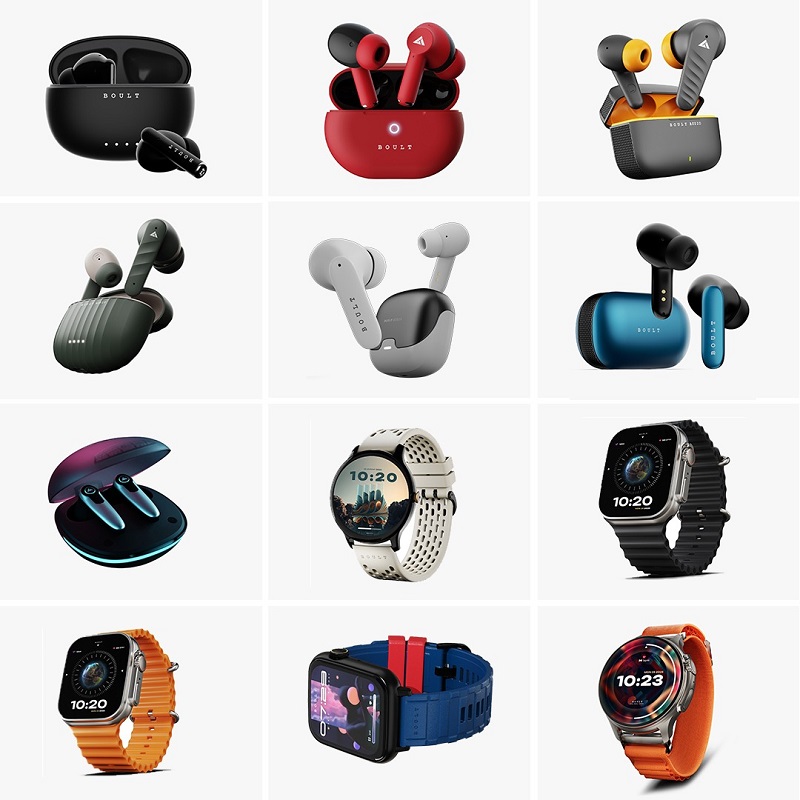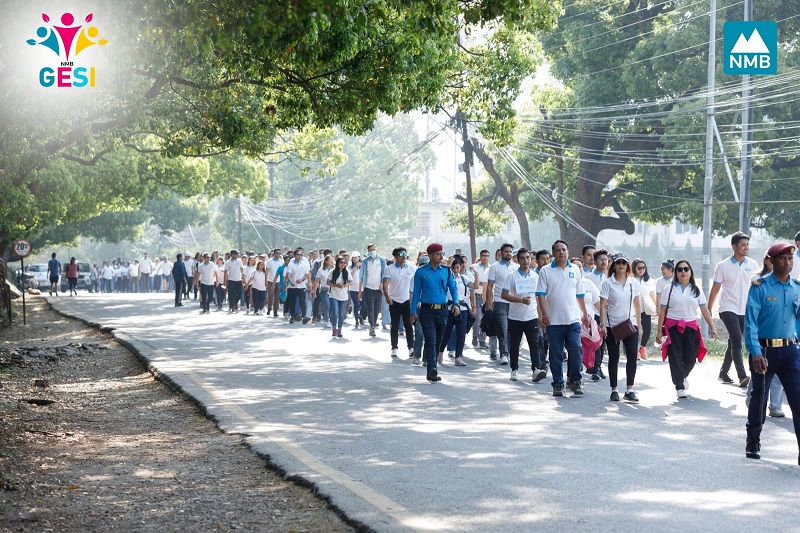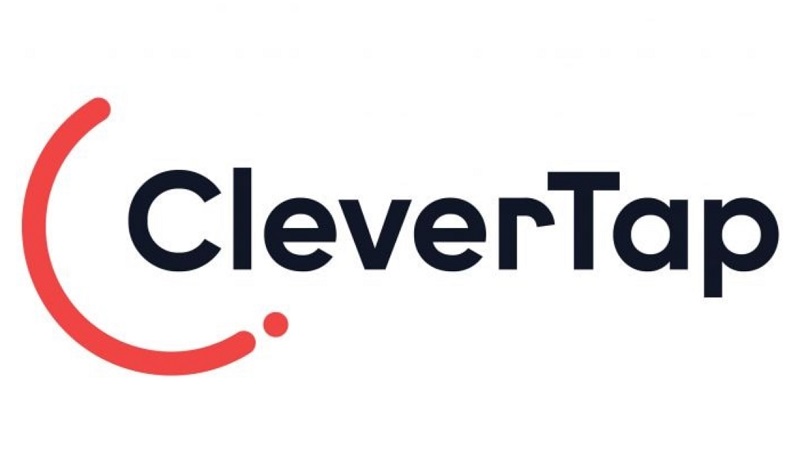Rapid expansion and adoption of the internet almost in every aspect of our society has touched our lives in many ways. The Internet has recognized as an integral part of the modern economy, politics, government services, and social life, etc. The Internet has uncovered a massive perspective for the next innovations and developments in every sector by backing as a prominent foundation technology.
Most of our works including business, communication, study, research, sales, and marketing, etc. are now assisted by Internet-based technologies. Diversified channels and platforms on the internet like social networking sites, websites, blogs, news and media, multimedia sharing, Internet relay chat, and other amenities have aided our generation surprisingly to fulfill our ever-growing requirement in the fast, efficient and realizable frame.
Public present in social networking and media is even more significant than the increasing population of China, India, UK, US, Germany, France & Japan today[1]. Therefore, it has been developed as an enormous force and global market place featuring a powerful common ground for social advocacy, brainstorming, R&D as well as law enforcement to the corporate investigation.
The brief development history of Social networking
The concept started in the 1970s with the introduction of CompuServe; a business-oriented mainframe computer communication, its service expanded and made public in 1980s where members can share files, news, and events. Later BBS (Bulletin Board System) came into existence, which requires dialing via modem to access or post events and information. Eventually, AOL created in 1983, after that IRC (Internet Relay Chat) service and then group based discussion like yahoo group, google group began and got great popular in around 1988.
The first social networking site, Geo cities created in 1994 with some new features like create a website for the user and interest groups into different towns [2].. SixDegrees.com began service later in 1997.
The millennium year of Social networking sites started from the beginning of Friendster.com in 2002 and it is believed as a new era of social has started from then. New social networking Myspace and LinkedIn in introduced in 2003 taking more professional and business approach in social networking. In 2004, Mark Zuckerberg and his team launched a social giant facebook.com aiming to connect many US colleges.
Social Media in Modern Day
Facebook, Youtube, Twitter, Google+ are the main modern market leaders in social networking[3], whereas Linkedin, Instagram & Tumblr has the most aggressive growth in the present market. Business, support, advocacy, relation, celebration are not a new content of social media.
Beside all classical motives, another trending fashion in social media nowadays is promulgating the political campaigns. This trend has been gaining high popularity mostly in developed countries. US presidential election in 2008 senator Barack Obama ‘s campaign reached 5 million supporters on 15 different social Networks throughout campaign season[4], and he notably leveraged the power of online advertising by raising over $504 million from digital efforts during his 2012 campaign[5]. Donald Trump has used facebook and twitter as a gigantic amplifier (more than 10 million followers) for election campaigns. The New York Times estimates that he has already had nearly $2bn of free coverage[6]. Similarly, EU referendum polls, hashtags in twitter, like #BackOffIndia and many similar other global acts of people in social media were remarkably effective and powerful to make an impact openly[8].
Facebook and similar other social media are eventually replacing email communication, and such social networking has been affecting the revenue of first news media[9] by attracting and habituating people to surf social sites rather than a newspaper for hunting daily news.
Victimization, a dark-side of Social Media
The word ‘Victim’ was originated from the Latin word ‘Victim’; which means ‘someone or something that has been hurt, damaged, or killed or has suffered, either because of the actions of someone or something else, or because of illness or chance'[10] and Victimization is an act that victimizes or exploits someone or Adversity as a result of being a victim[11].
Social media victimization generally is an act of using Social media like news media, Internet, chat, social networking sites, i.e., facebook, twitter, Google+, etc. for committing criminal and illegal activity thus harming, torturing or harassing other users.
Natures of victimization in social media
Internet and social site is an open and a big ocean of information and resources. Criminals and hacker have turned it into a gold mine to exploit user profiles and personal details for financial gains and social engineering attack. Several tactics and tools are favorite to use social media users.
- ClickJacking:
ClickJacking (UI redress attack) is a malicious technique to trick and direct the user to a dangerous and suspicious link maybe to install spam or virus into user’s machine or spyware, adware to seal or spy your data and activities. Generally, the attacker places a good like a button, link or navigational/ emotion icon (like love, thumbs up, smile) to trick the user.
- Cross-Site Scripting attaches (XSS)(12)
XSS also called client-side code injection. Our social sites profile can integrate so many links of news, jokes, and events and so on. One million websites were linked with Facebook in 2014[13]. When we click on such a trusted link, a hacker may inject a malicious code there. These types of attack can install malicious code in your machine, steal data or hijack your browser session. To avoid this most probably do not open trusted sites via a link provided in Social networking sites.
- Doxing :
Doxing is the phenomenon of publishing personal user’s information, i.e., name, address, education, work, relation and other information in publicly accessible sites. Usually, these sorts of data are collected by phishing, stalking and other social engineering techniques.
Social engineering techniques :
Social engineering is the art of manipulating or convincing people to extract their personal and confidential information. Fraudster use various social engineering techniques in social networking sites to fetch user’s information so that they can use that information for different purpose like stealing your credit number, Brute force attack in your bank account’s password, to misuse of your profile picture and personal information as well as to conduct several other cyber initiated crimes. Few techniques famous in social networking sites have mentioned here,
Phishing: Criminal sends emails and messages to the targeted user offering various types of benefits like money transfer, job, lottery, etc. to motivate the user to reveal their personal and confidential information so the scammer can use those extracted facts for future exploitation.
Pharming: Redirecting users from legitimate websites to fraudulent ones to extract confidential data. e.g., mimicking bank’s sites.
Elicitation: This is a strategic process of conversation with targeted pray to extract their personal and sensitive information without making them a feeling like Interrogating. This is generally performed in a chat or social networking site after becoming a friend.
Profile spoofing: In social media, (Chat or Social Sites) lots of attackers clone or masquerade someone other’s (mostly, of the famous person, celebrities, politicians or friends and family of targeted victims) profile including their profile-pictures and related information to freak a targeted user and acquire relevant information or even for committing fraud in social media.
Rouge or Spammy Apps ( 14)
Sometimes we encounter with an appealing fake app or link with attracting and emotional photos, video, and message to encourage users to click here for more. That is a spam, which quickly spreads and automatically is posted on the user’s social sites wall. This sort of direct spam user to another link or take user permission to see user’s profiles, which may insist you to install malware in your machine. Ultimately, such a threat may cause infection in your computer as well as steal your data and information.
Potential threats and liability
INTERPOL states, more and more criminals are exploiting the speed, convenience and anonymity of the Internet to commit a diverse range of criminal activities that know no borders, either physical or virtual, cause severe harm and pose genuine threats to victims worldwide[15].
Crime committing in social networking sites is a part of cybercrime. A study shows that 81% of cybercrime has assisted by social networking sites like Facebook and Twitter; such common crimes include:
Child Abuse
A study has found that 59 percent of children are using Facebook by the age of 10 and 52 percent of underage children ignore age limit to use social networking sites[16]. This unfolds the significant possibility of child abuse because naturally, children are unaware and less restrictive to protect themselves in social networking sites.
A National Crime Agency spokesperson, UK said: “There are many social networking sites and websites used by offenders to target children and young people. The NCA CEOP Command’s 2013 Threat Assessment on Child Sexual Exploitation and Abuse highlighted that 48.5% of online child sexual exploitation reports received were linked with social networking sites, of which Facebook is only one[17].
Burglary Simplified
In a survey with convicted burglars in the US, it has found that 75% of burglars are using social media like facebook, twitter, and Google street view, etc. to find out targets[18]. Techno-equipped burglar keeps watching on your profiles to find out your movement, personal belongings and your outing on vacation, etc. to rob your property. Geo-tagging features of social sites may cooperate to such burglars and criminal to follow you and become assured of your current location.
Identity thefts
A study revealed that more than 12 million people in the US victimized of ID theft incurring the estimated losses of $21 billion for a year in 2012[19]. BBC has claimed that some identity theft victims ‘ rise by a third in 2015. Many of the social networking media and email provider generate their revenue by collecting and selling user’s personal information which may cause user vulnerable to being victimized from unwanted advertisement, spam, and frauds.
Malware and virus infection
Several Rouge or Spammy Applications, video links, attractive advertisements spreading across user’s profile have increased the fear of installing spyware, malware, and viruses in the user’s machine.
There were high numbers of Like Jacking attacks; manual sharing of the fake offer and malicious contents, as well as counterfeit apps, targeted to social sites users[21].
Simplified Cyber-casing using Geo-tagging
Cyber-casing refers to the process by which a criminal anonymously keep watch to the potential victim through cyber media like social networking sites, geo-tagged photo, video, etc. aiming to commit a crime. Data stored in digital photographs (Meta-data) can help criminals locate individuals and plot real-world crimes[22]. Many Social sites have features to tag your current location (a Geo-tagging) with the post. Techno-savvy criminal can reveal lots more to trace your movement and compromise your privacy from such tagging.
- Privacy is compromised
If you are concerned about your security and privacy, interaction in social sites requires rethinking while posting. Only 25% user does not bother about their privacy in social media[23], but for others, it may hold great importance because this may pamper your life. Many cameras and mobile phone have inbuilt Geo-tagging or GPS features in photo or video for some (in order) Cannon, Nikkon, Apple, Sony and so on.
Cyber Stalking or bullying
Cyberbullying and stalking (An aggressive act of harming or harassing other by using a digital device, contents, and channel); is the techno assisted trauma of a faceless terror by using email, blogs, bulletin board, and Social Media service. On-line harassment, frightening and distressing phone calls, emails, spreading rumors about victims in Web Pages are an example of stalking. Sometime those online stalks may lead to off-line incidents of violent too. A study in the US shows a very alarming record of using social networking sites like snap-chat 46.6%, Instagram 41.7%, Facebook 32.9%, Chat rooms 16.8%, etc. for committing cyberbullying.
Profile Cloning
Profile cloning is a conventional technique of hoaxer, scammer to trick another user in Social Media. Such scammer creates many other genuine looking but fake user profiles similar to some famous person or celebrities and operates their fake account to trick the typical user. They attempt to be friend with the victims and send malicious or phishing web-link. With growing intimacy; scammer offers attractive schemes, jobs or any other convincing story and even ask financial help too to freak a user.
Communication platform for terrorism
Many terrorist groups use Social Media for their internal communication, moving their groups, recruit, radicalize and raise funds; ISIS is one of the most adept practitioners of this approach[25]. The father of a Paris terror attack victim has filed a lawsuit against Twitter, Google, and Facebook for allowing Islamic State (IS) to use their platforms to spread terrorist propaganda. According to a Mirror report, IS leader Omar Hussain used the social networking website Facebook to recruit members for the Paris attacks. The IS supporters have tweeted photos of dead soldiers with the hashtag #A message from ISIS to the US on the micro-blogging site Twitter[26].
Social and interpersonal impact
Many people are criticizing social networking sites accusing of killing a person’s social and interpersonal skills. A study found that one in four people spend their more time online using social media than face-to-face interaction[27]. This trend has brutally affected the real way of doing computation and discussion so that Social Media must be an option, not a priority. Password sharing with friends and classmates is also common among people. This invites complex conflicts and violence if un-wanted and controversial content posted by some in other’s wall.
The selfie has killed many people. According to a survey in 2014, there were 49 fatalities incurred by Selfie; study shows male are more fragile to Selfie death than female and India is in the top list of selfie death. Modern day’s people have a desire for a show-up status more than real status and internal intellectual. There is a greater desire to share with other people you barely know, than actually hanging out with friends and making memories.
Precaution and Protection in Social Media
- Be cautious while posting or clicking
- It is a good idea to avoid your real name in profile.
- Think before trusting or allowing application
Carelessly believing application makes you vulnerable to ID theft.
- Take time to accept a friend request
- Use maximum security and strict privacy setting features of social networking sites.
- Manage your profile and post publicity (Private, semi-public, full public)
- Disable Geo-tagging feature.
- Configure who can see you and your friend.
- Report or mark spam to suspicious link, video or contents, do not click instantly.
- Properly configure your machine’s setting (Time Zone, Location, Format, etc.)
- More information is more vulnerable.
Open profile with nominal information, Don’t display DOB or phone number publicly in your profile.
- Be conscious of spying techniques.
The best precaution is to educate your self about spying techniques and avoiding them.
- Use a complex password and change it frequently.
- Type website directly than clicking on bookmark or link.
Clicking the link or bookmark from social media site may be hijacked with XSS attack and directed towards malicious sites other than the real place.
- Assume everything you post in social media is permanent and accessible for investigator, police, hacker or anybody.
- Access social networking sites using https. (i.e., https://www.facebook.com)
- Do not enable auto login.
- Turn on GPS tracking on your camera or mobile device.
Turning on GPS and Geo-tagging feature permits your device and software to create and publish your geo-location, which may void your privacy.
- Enable two-factor authentication if possible in your social networking site for changing your details.
- Teach your children about cyber bullies, spam, fraud, theft, etc.
- Report problem to your senior, teacher or parents.
- Do not allow social networking service to scan your email or address book.
- Get updated and aware.
Eight easy tips for identifying a fake user account on Facebook.
- The account was created recently in 2014, 2015.
- The account has no history published for earlier years, but Facebook says they have been a member since 2009, etc.
- Most fake accounts have one image or no real profile photo of the person. Some may only have a select few models over a long period. A well-seasoned user would have more pictures posted over a long period. A fake account may have 7-10 photos posted on the same day.
- The user has very few friends in common and or friends in general.
- There is little to no interaction on their page with friends, few comments, likes or responses over their long timeline.
- Profile picture seems too good to be true, that hot model added you today! They even messaged you and are interested in you!
- When in doubt use reverse image search. Take their image and see if it is a real person or not.
- When in doubt deny, deny, deny.
Conclusion
Undoubtedly, Social networking sites and the internet has assisted our life, and regular activates from several aspects. With the rapid influence of people in those media also has attracted to criminal minds to use this global platform for their benefits, which will undoubtedly suffer to ordinary users. The developer, government and relevant organization are working towards making internet and social media safer so that many improvements and safety features have introduced. Cyber-based crime is distributed, complex and anonymous to detect in nature. Therefore, the significant roles are remains on that particular user. The user himself need to have awareness, consciousness for strengthening owns the security. Tools, techniques, and source of knowledge are everywhere. Be saved and make safer around.











